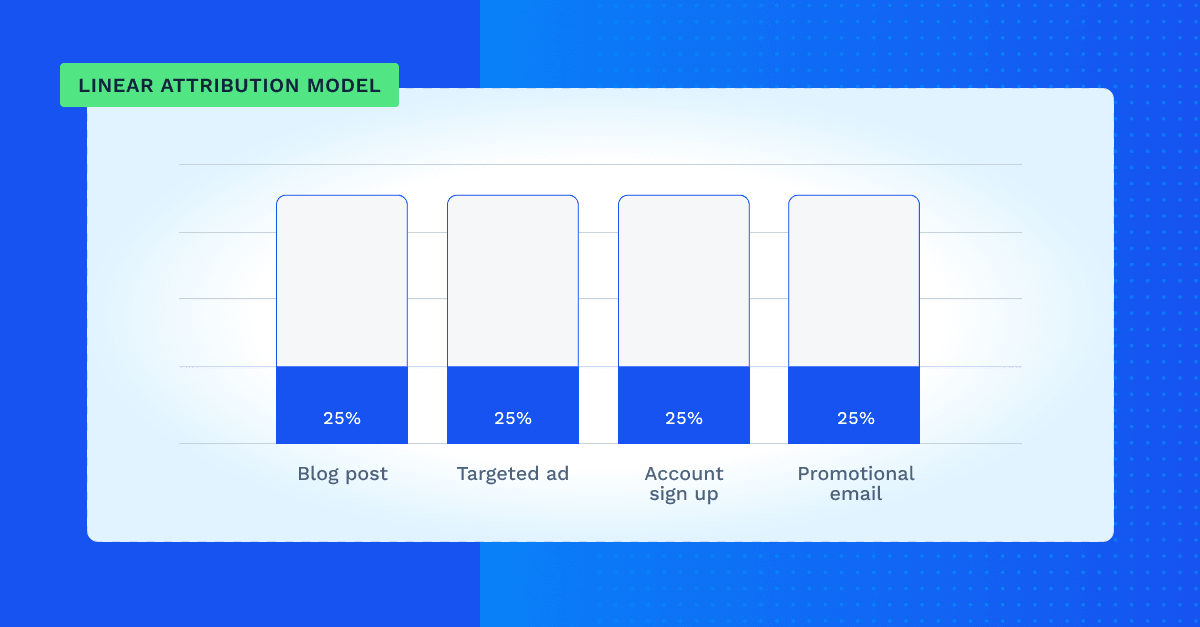How to calculate return on ad spend
To calculate return on ad spend, divide the total advertising revenue by the total cost to run the ad. Multiply the result by 100 to get the ROAS percentage.
If an organization spends $100 on its advertising and earns $300, for example, then its ROAS is three. This means the organization earns $3 for every $1 spent on advertising. Multiply three by 100 to get 300%, the ROAS percentage.
What data points do I need to calculate return on ad spend?
To calculate ROAS, teams need to know their advertising spend and the sales that can be traced to those advertisements. Ad platforms often contain this data, but teams may need to combine data from multiple sources if they are measuring the results of an individual campaign managed on multiple platforms (i.e. Facebook Ads and Google Ads).
Nuanced calculations can include the total cost of the ad and a more accurate reflection of the sales driven, which is known as profit on ad spend (POAS). POAS accounts for the cost of the employees who wrote the ad copy, set up the ad, and executed it, as well as operating or manufacturing costs that detract from the total sales.
Return on ad spend formula
ROAS = (revenue from ad/cost of ad) x 100
Challenges of calculating ROAS
ROAS is a fairly straightforward metric to measure, however, there are several common challenges when calculating ROAS or understanding it to improve the overall marketing strategy:
Attribution modeling - Customer and buyer journeys span multiple touchpoints (if not dozens) before they make a purchase. ROAS places heavy weight on the value of the ad, which may distort the value that other content assets or touchpoints had leading up to the purchase. Additionally, if audiences are not created using first party data, it can be difficult to develop proper attribution models.
Audience tracking - If an organization does not have robust tracking systems in place, it may be unable to verify whether someone made a purchase after viewing an ad. This is also a challenge if ads are placed on mediums that are innately difficult to track, such as TV, billboards, or radio.
Behavior lags - Associated with audience tracking, a customer may make a purchase several hours or days after viewing an ad. ROAS will vary depending on how soon a team measures the results of a specific campaign.
Uncontrollable factors - Many outside factors can affect consumer behavior in ways that marketing teams cannot anticipate. Global events, competitor activities, and economic factors may deter customers from making a purchase, even when presented with an optimal advertisement tailored to their needs.





